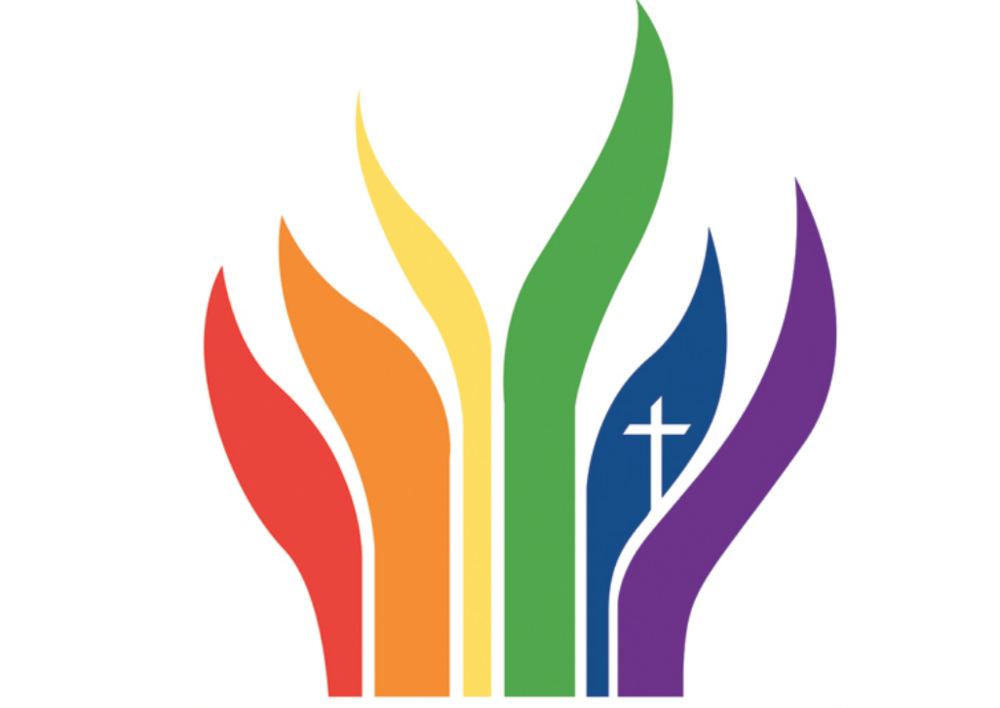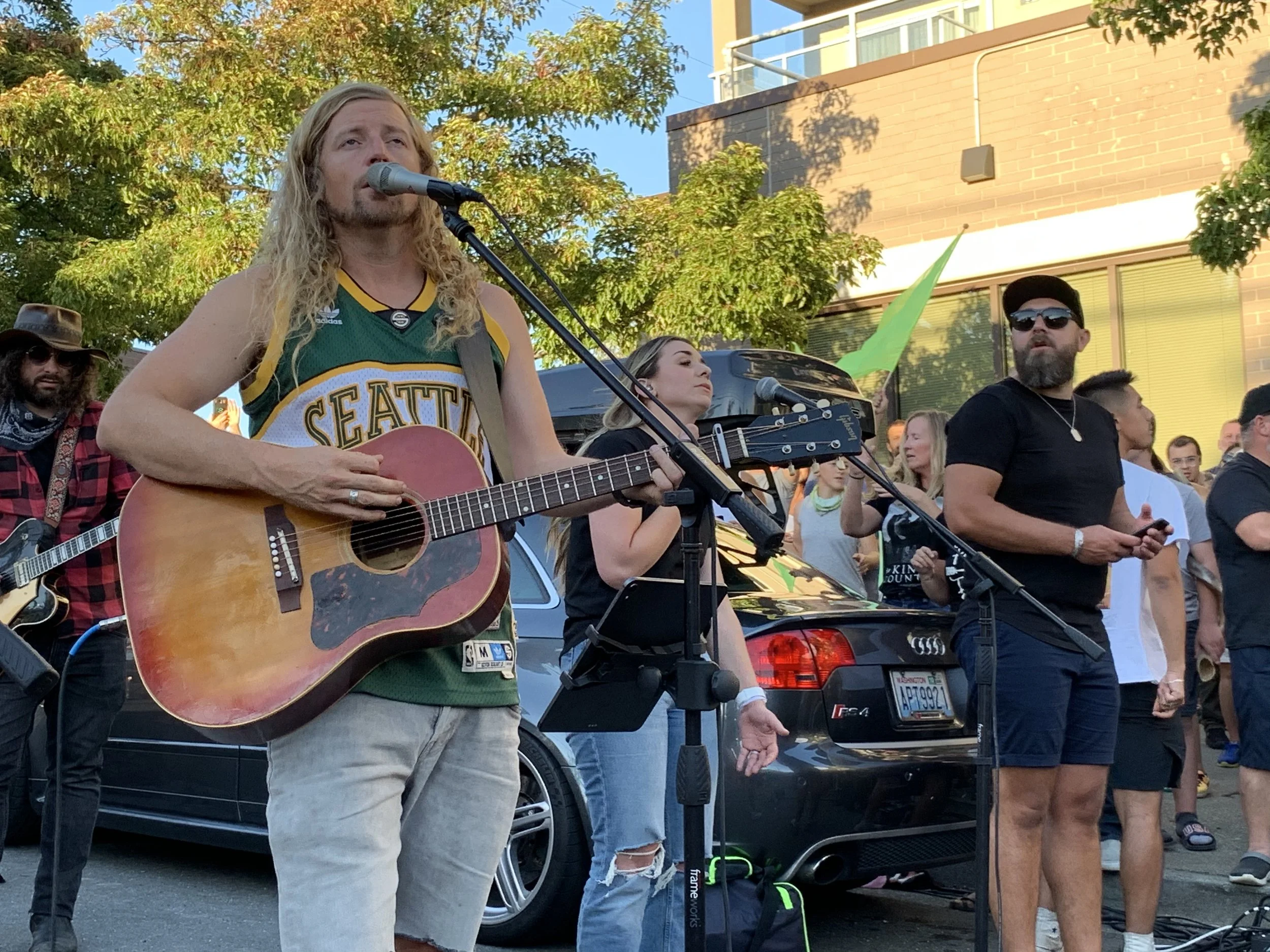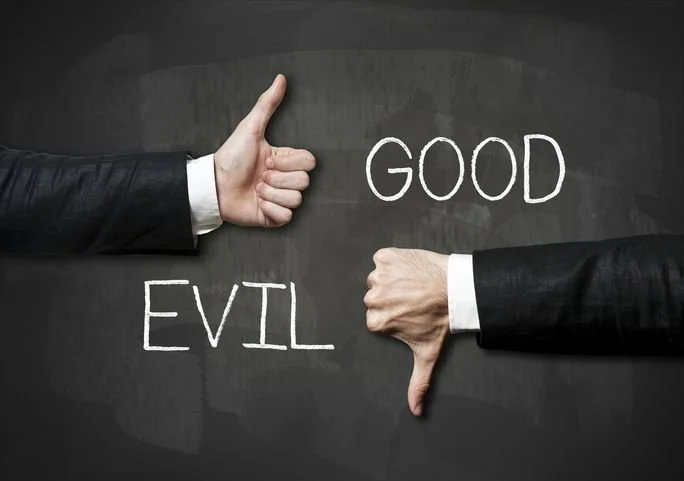THE QUESTION:
What does the Bible teach about abortion?
THE RELIGION GUY’S ANSWER:
This question is raised by the assertion that the Bible “says nothing about abortion.”
So writes Melanie Howard, a scripture scholar at Fresno Pacific University, a Mennonite Brethren campus self-defined as both “evangelical and ecumenical” that “embodies Christ-centered values.” Her July 25 article titled “What the Bible actually says about abortion may surprise you” for TheConversation.com was widely distributed to Associated Press and Religion News Service clients under the three outlets’ cooperative agreement.
Later in the article, Howard is more precise, explaining correctly that though abortion was known and practiced in biblical times it “is not directly mentioned” in scripture. True, but there’s more to be said about how the Bible views unborn human lives.
The biblical passage that applies most specifically is Exodus 21:22-23, which involves miscarriage but was extended to the abortion issue by ancient rabbis. It states that if a pregnant woman is hit accidentally “when men fight” and “a miscarriage results,” the person responsible pays a negotiated fine. But “if other damage results” (understood to be the woman’s death), then the “life for life” principle requires the death penalty. (This Memo uses the 1999 JPS translation throughout).
The Jewish Study Bible (2nd edition, 2014) presents the faith’s understanding from ancient times that this passage means “abortion is permitted when necessary to save the mother.” Today, even pro-life conservative Christians mostly agree with that. Due to this passage, Judaism also teaches that “feticide is not murder” because the unborn life is not yet regarded as fully a person. Over the centuries, authoritative “responsa” from rabbis issued varied opinions on allowing abortions in specific circumstances.
Otherwise, one Christian website lists 100 Bible passages said to bear on abortion.










